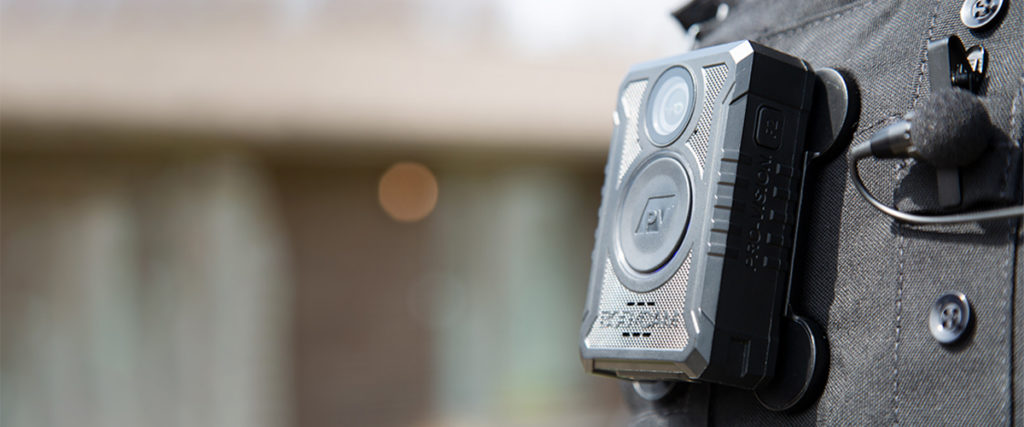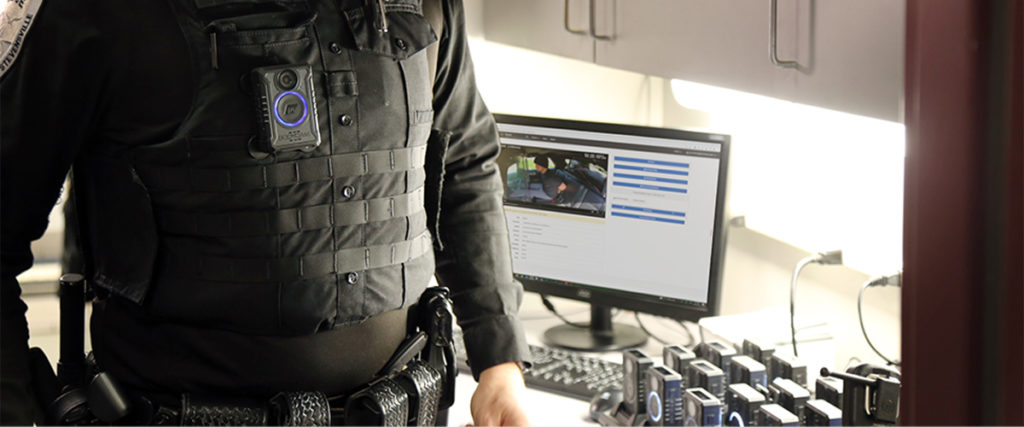How Body Cameras Are Revolutionizing Safety in Correctional Facilities

Maintaining order and safety in a correctional facility is a complex challenge. Overcrowding and confined spaces can often lead to tension and conflicts. This is where body cameras come into play, emerging as a transformative solution in these high-stakes environments. But the question remains: can body cameras effectively reduce violence and altercations in correctional facilities?
Body Cameras: A Game-Changer in Correctional Facility Management
A 2014 study by the New Zealand Department of Corrections shed light on the impact of body cameras in these settings. During a six-month trial, incidents where inmates de-escalated potentially violent situations in the presence of body-worn cameras were recorded. The study revealed a notable decrease in aggressive behaviors, with some inmates admitting they restrained themselves due to the cameras’ presence. The trial period saw no serious assaults and a 15%-20% reduction in overall incidents, highlighting the effectiveness of body cameras in correctional facilities.
In a more recent study by the Body-Worn Camera Training & Technical Assistance program, conducted in a Florida correctional facility, we see a continuation of this trend. Comparing data from before and after the implementation of body cameras and stun guns, the results were significant: a 42% reduction in staff assaults and a 70% decrease in allegations of excessive force. These figures underscore the power of body cameras in enhancing safety and accountability within correctional facilities.
The Deterrence Power of Body Cameras in Correctional Settings
These studies underline a critical aspect of body cameras in correctional facilities – their deterrent effect. When both inmates and officers are aware that their actions are being recorded, they are more likely to exhibit restraint and make better choices. Body cameras, therefore, play a dual role in correctional facilities: documenting incidents for review and actively preventing potential altercations.
The role of body cameras in correctional facilities is increasingly crucial. As more facilities adopt these devices, we are witnessing a significant shift in safety and security dynamics. Body cameras are proving to be indispensable tools not only for accountability but also as proactive measures for conflict prevention in correctional settings.
Their growing use in correctional facilities is a testament to their effectiveness in creating a safer, more controlled environment, making them an essential component of modern correctional facility management. With continued adoption and integration, body cameras hold the promise of further enhancing the security and operational efficiency of correctional facilities worldwide.
